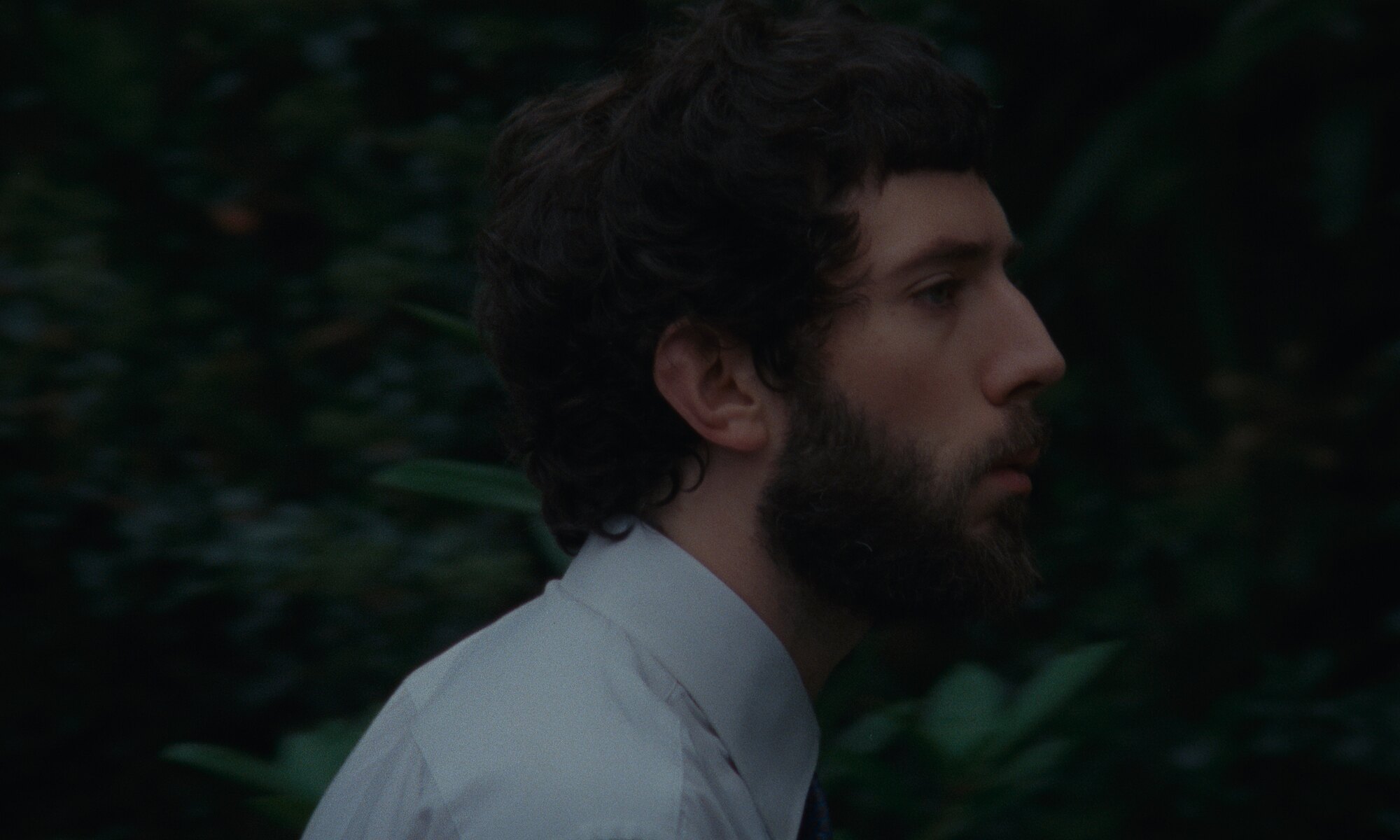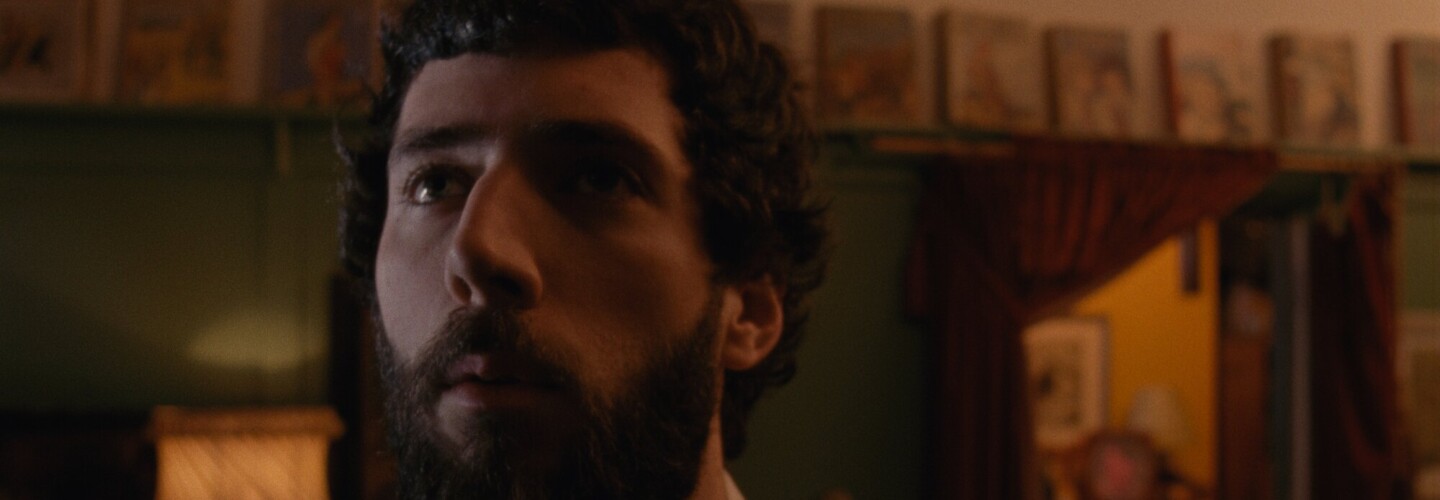
Director Lewis Attey’s Basil is a multi-year drama that began way back in 2012 as a graduate short. It centres on a lonely drifter as he knocks on the door of an old high school friend who didn’t invite him over. What follows is a gripping drama, the kind of which that has you constantly forming questions in your head about what could be motivating the titular character and his strange circumstances. Attey then combines this initial encounter with a second part of the story, that was filmed in 2019, which sees Basil return to the same residence. The result is an incredibly engrossing short that’s powered by Co-Writer Will Freeman’s mesmerising performance as Basil. DN is excited to present the first two parts of Basil’s story below (a third is currently in development to be shot in 2026!) alongside a chat with Attey about the challenges he found in shooting across multiple years and the joy of using time as a form of narrative clay.
It’s incredibly rare to find a project willing to be shot over many years. It takes real diligence. Where did the kernel of the idea for Basil begin and how did the multi-year time gap between parts come about?
In 2012, I wrote a short film called Basil while studying Film & TV at Swinburne University in Melbourne. It was a simple nine page script requiring just two actors. Will Freeman and Brigid Gallacher were cast in the lead roles, and my friend, Ryan Alexander Lloyd, came onboard as cinematographer. Over two days in October 2012, we shot the film on an Arri SR3, a set of Zeiss super speeds, and just three rolls of 250D. The film had just one screening at the end of year graduate show where it won a couple of awards. That was the film’s one and only screening.
In 2018, while having a beer with Will Freeman, we hatched a ridiculous plan to make a sequel. We threw around a few ideas, cast a couple of actors, Anni Finsterer and Georgina Baveas, and wrote a script through a series of improvisations. The owners of the house very kindly agreed to open their doors to us again. Hayley Surgenor came on board as producer, and Ryan Alexander Lloyd, who was living in New Zealand, flew across to shoot it. We assembled the remaining crew roles with a bunch of talented friends who kindly volunteered their time. In December 2019, more than seven years after the filming of the original, we shot the sequel using exactly the same camera and lens set. The result became a 27 minute film shot over an eight year period. And if that isn’t weird enough, we plan to shoot one final chapter in 2026.


That’s amazing, and you shot that just before the pandemic hit. To think if you’d waited just a few more months it could’ve been even longer between those shoots.
COVID hampered the filming of some additional pickup shots, but once we had that in the can we got all ten rolls, three from the original, seven from the sequel/pickups, scanned in 4K at Digital Orchard in the UK. Indigo Tait-Atkin edited all the material into a single film while Leo James composed the music. Livia Ruzic and Keith Thomas took care of the sound design/sound mix, and Nick Hower worked his magic with the colour grade.
More than seven years after the filming of the original, we shot the sequel using exactly the same camera and lens set.

When you had those initial conversations with Will about revisiting Basil for a second chapter, what excited you about using time as a tool in Basil’s story?
You can cheat ageing through costume, makeup and I guess even AI, but it’s not as satisfying as actually seeing someone get older on screen. So the idea of making a project that spanned fifteen years was fun. I was also never entirely satisfied with the ending of the first chapter so it was nice to be able to continue the story and essentially create a new ending. Of course, we’re only two thirds of the way there.
What made it all possible from a technical perspective was that we shot the first film on 16mm and I still had the processed negs. We shot the second chapter with the same camera and lens kit and then got a really clean 4K scan of everything. It was nice to see the detail in those old negs. If we had shot with a digital camera back in 2012, I doubt I would have undertaken any of this.
From a narrative perspective, how challenging was it shooting a second chapter that cohesively adhered to the first part yet showcased an evolution in your filmmaking?
It was a balancing act. There obviously had to be some sort of tonal continuity between chapters, but I also didn’t want to repeat myself. The second chapter had to reflect where I was at creatively at that time, just as the third chapter will be different again. I had similar conversations with Will Freeman about the evolution of his character. Neither Will nor I wanted to just see the same performance again. There had to be some development. Because of the piecemeal construction of this project, we only see Basil in snapshots, so subtle changes in speech and mannerisms help paint a larger portrait of the character. I think this will become even more apparent at the conclusion of the third chapter.




Do you already have ideas in place for that third chapter in Basil’s story?
It’s not written yet, but I have an idea that I’m happy with. Needless to say, Basil gets his comeuppance.
The second chapter had to reflect where I was at creatively at that time, just as the third chapter will be different again.
What will you be working on between now and that shoot in 2026?
I’m in post for a short film that I shot earlier in the year and I’ve just finished the first draft of a new short as well. I guess I should think about making the transition to long-form filmmaking at some point. Or maybe I’ll just keep adding chapters to Basil until it hits 90 minutes.


